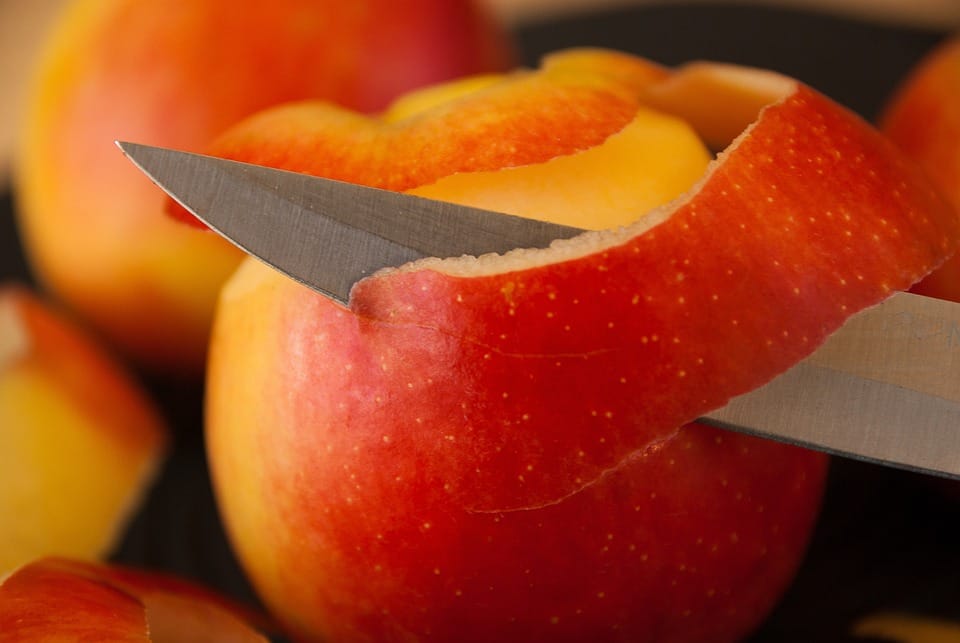A Beginner’s Guide to Using a Pocket Knife Sharpener Stone
As a beginner in the world of pocket knives, you may be wondering how to keep your blade in top condition. A pocket knife sharpener stone is an essential tool for maintaining the sharpness and performance of your pocket knife. In this comprehensive guide, we will take you through the basics of using a pocket knife sharpener stone, from selecting the right stone to mastering the sharpening technique.
Choosing the Right Pocket Knife Sharpener Stone
Types of Pocket Knife Sharpener Stones
There are several types of pocket knife sharpener stones available in the market, each with its own unique characteristics and benefits. Here are some of the most common types:
| Type | Description | Advantages | Disadvantages |
|---|---|---|---|
| Diamond Stone | Made from industrial diamonds, these stones are extremely durable and effective for sharpening. | Very effective, long-lasting, and easy to clean. | Expensive, requires more skill to use. |
| Ceramic Stone | Made from ceramic materials, these stones are gentle on blades and produce a very sharp edge. | Gentle on blades, produces a very sharp edge, and easy to clean. | Less effective than diamond stones, more expensive. |
| Arkansas Stone | Made from natural Arkansas stone, these stones are known for their exceptional sharpening abilities. | Excellent sharpening abilities, long-lasting, and easy to clean. | More expensive, requires more skill to use. |
Factors to Consider When Choosing a Pocket Knife Sharpener Stone
When selecting a pocket knife sharpener stone, there are several factors to consider. Here are some of the most important ones:
| Factor | Description | Considerations |
|---|---|---|
| Blade Material | Consider the material of your blade, as some stones are better suited for certain types of steel. | Ensure the stone is compatible with your blade material. |
| Sharpening Technique | Consider the sharpening technique you plan to use, as some stones are better suited for certain techniques. | Ensure the stone is compatible with your sharpening technique. |
| Budget | Consider your budget, as some stones are more expensive than others. | Balance the cost with the benefits and effectiveness of the stone. |
Mastering the Sharpening Technique
The Basic Sharpening Technique
The basic sharpening technique involves drawing the blade across the stone at a consistent angle. Here are the steps to follow:
- Hold the stone firmly in place with one hand.
- Hold the blade at the desired angle (typically between 20-30 degrees).
- Slowly draw the blade across the stone, maintaining the consistent angle.
- Repeat the process several times, moving the blade back and forth along the length of the stone.
Tips and Tricks for Mastering the Sharpening Technique
Here are some tips and tricks to help you master the sharpening technique:
| Tip | Description | Benefits |
|---|---|---|
| Maintain a Consistent Angle | Varying the angle can lead to uneven sharpening. | Ensures a consistent edge. |
| Use Light Pressure | Heavy pressure can damage the stone or blade. | Preserves the stone and blade. |
| Keep the Stone Clean | A clean stone is essential for maintaining its effectiveness. | Ensures optimal sharpening performance. |
Common Mistakes to Avoid
Common Mistakes to Avoid When Using a Pocket Knife Sharpener Stone
Here are some common mistakes to avoid when using a pocket knife sharpener stone:
| Mistake | Description | Consequences |
|---|---|---|
| Using Too Much Pressure | Can damage the stone or blade. | Dulls the blade or reduces the stone’s effectiveness. |
| Not Maintaining a Consistent Angle | Can lead to uneven sharpening. | Results in a dull or uneven edge. |
| Not Cleaning the Stone | Can affect the stone’s effectiveness. | Reduces the stone’s ability to sharpen. |
Troubleshooting Common Issues
Common Issues and Solutions
Here are some common issues that may arise when using a pocket knife sharpener stone, along with their solutions:
| Issue | Description | Solution |
|---|---|---|
| Blade Not Sharpening | The blade may not be sharpening due to uneven sharpening or incorrect angle. | Check the sharpening angle and technique. |
| Stone Not Effectively Sharpening | The stone may not be effectively sharpening due to wear and tear or improper cleaning. | Clean and maintain the stone regularly. |
| Blade Dulling | The blade may dull due to excessive use or improper sharpening. | Use a sharpening stone regularly to maintain the edge. |
Frequently Asked Questions
FAQs
Here are some frequently asked questions and answers related to using a pocket knife sharpener stone:
How often should I sharpen my blade?
It depends on how frequently you use your pocket knife. As a general rule, sharpen your blade every 1-2 months.How do I know when my blade is sharp?
Check the edge of your blade. If it’s sharp, it should be able to cut through paper or a piece of cloth easily.Can I use a pocket knife sharpener stone on other types of blades?
Yes, most pocket knife sharpener stones can be used on other types of blades, such as straight razors or scissors.- How do I clean and maintain my pocket knife sharpener stone?
Clean your stone regularly with soap and water. Avoid using harsh chemicals or abrasive materials.
Using a pocket knife sharpener stone is an essential part of maintaining the sharpness and performance of your pocket knife. By following the guidelines outlined in this guide, you can master the sharpening technique and achieve a razor-sharp edge. Remember to choose the right stone for your needs, maintain a consistent angle, and clean the stone regularly. With practice and patience, you’ll be able to sharpen your blade like a pro. Happy sharpening!
